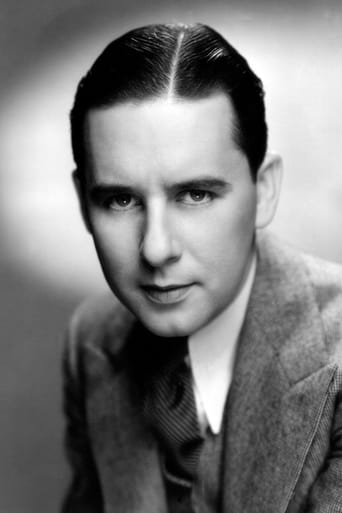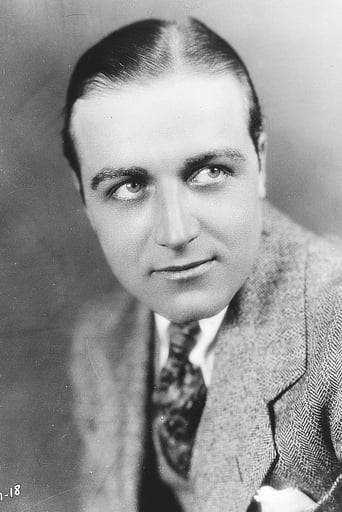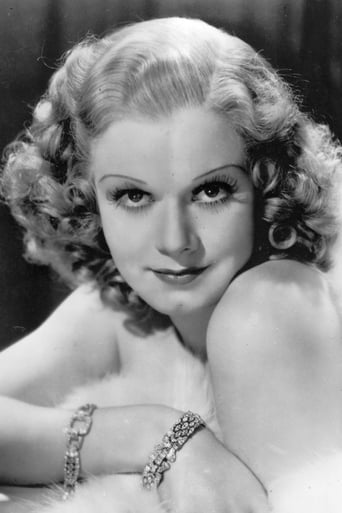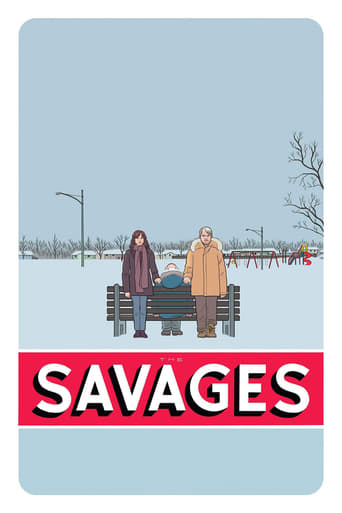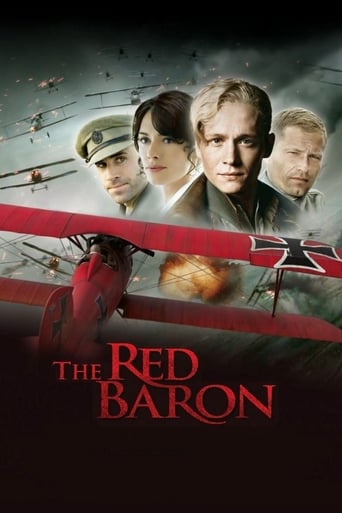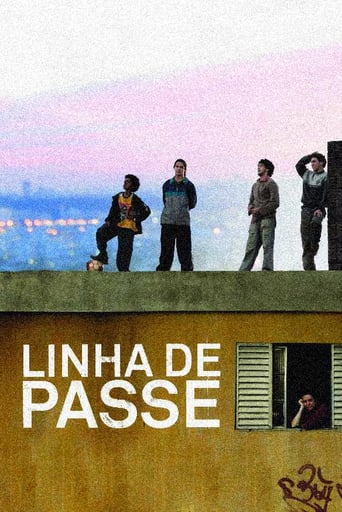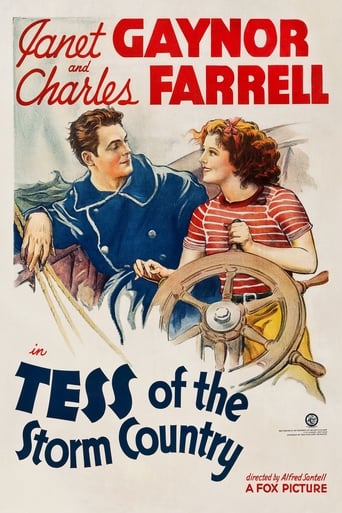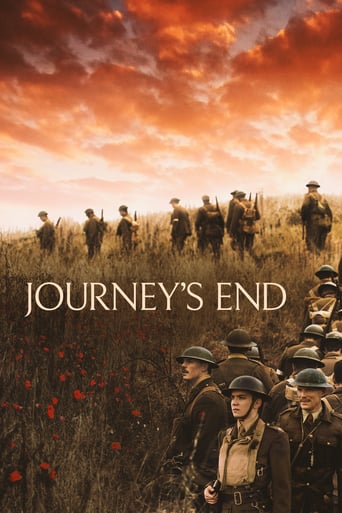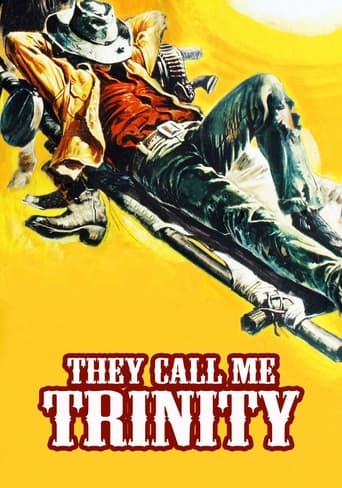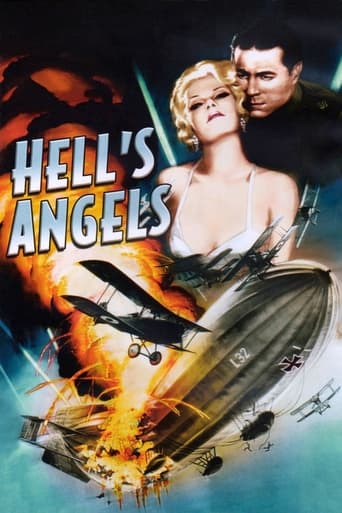
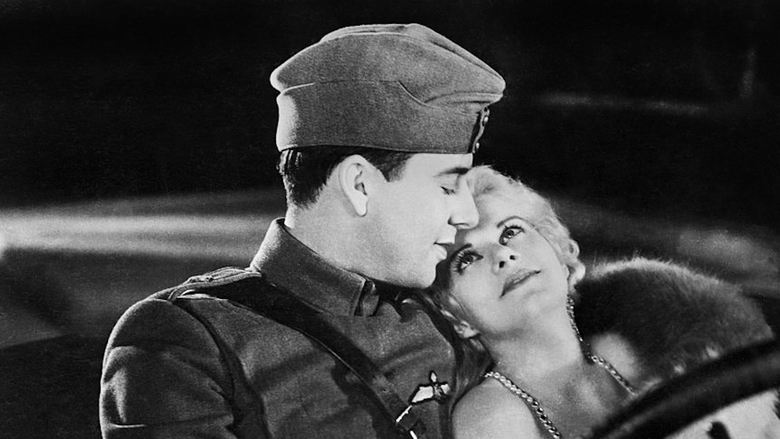
Hell's Angels (1930)
When World War I breaks out, brothers Roy and Monte Rutledge, each attending Oxford university, enlist with the Royal Flying Corps.
Watch Trailer
Cast


Similar titles
Reviews
Crappy film
Good films always raise compelling questions, whether the format is fiction or documentary fact.
One of the most extraordinary films you will see this year. Take that as you want.
Worth seeing just to witness how winsome it is.
This is truly an historical film which not only contains the only color footage of Jean Harlow in a movie, and helped make her a star ("would you be shocked if I put on something more comfortable?"), but some of the best WW I airplane aerial sequences ever put on the screen (it was nominated for a Cinematography Oscar). Of course, this is due to the fact that aviator gazillionaire Howard Hughes produced, directed, and even filmed part of it. In fact, this film was initially going to be a silent with Greta Nissen in the Harlow role. But, during the time it was being made, the transformation from silent films to "talkies" was taking place. So, having more money than God, Hughes decided to reshoot most of it, requiring that he replace the Norwegian actress with Harlow.The story begins with three Oxford classmates, brothers Monte (Ben Lyon) and Roy (James Hall) Rutledge and their German friend Karl Armstedt (John Darrow), sharing a flat in pre-war Germany and fully enjoying the perks. Roy has a girl, Helen (Harlow), back home who he's constantly referring to, while Monte plays the field to excess. In fact, he's even gotten mixed up with a Baroness (Jane Winton), the wife of a German officer Baron Von Kranz (Lucien Prival, a recognizable character actor). When the Baron returns home prematurely, he catches Monte with his wife and challenges him to a duel. Since Monte is a man of little character, he flees back home to school at Oxford. His noble brother, Roy, pretends to be Monte, accepting the challenge to protect his name from disgrace. Though he is wounded, he returns to school and never mentions it to his brother.War breaks out and classmate Karl is summoned to return to Germany to serve. Roy enlists, but of course Monte does not. However, while wanting to kiss the pretty girl at a recruitment station, he accidentally signs up too. Before they go off to war, Roy wants to introduce his brother to his girl, whom Monte assumes must be a "dog". When they meet, both are pleasantly surprised (with Harlow winning the "look 'em over" staring contest;-) and we learn that Helen isn't as faithful to Roy as he thinks she is. This leads to a first "date" affair (and Harlow's signature line, above) but when Roy regrets his infidelity, perhaps for the first time in his life, it causes a rift between the two illicit lovers before he and his brother head off to war.One spectacular visual sequence involves Karl as the bombardier on a German Zeppelin that infiltrates London. Unbeknownst to the ship's commander, he guides it through the fog in order to drop its bombs harmlessly into a lake on the outskirts of the city. Alerted to the Zeppelin's presence, the Allies send several planes to intercept it and the chase is on. When the ship's commander needs more height to avoid their pursuit, and after throwing all non-essential equipment overboard doesn't work, he has the bombardier's pod's cable cut, dropping Karl to his death. He then orders all unnecessary personnel to jump overboard. The commander's ruthlessness almost succeeds, as his gunners shoot down all but one of the planes. However, the last plane utilizes a kamikaze maneuver, sacrificing himself and plane into the heart of the "big balloon".Roy and Monte are both trained as pilots and must fly nightly patrols. Since nearly every night means the end of at least one of the pilots, Monte does his best to avoid the duty. However, when Roy finally learns Helen doesn't love him (serving as a waitress on the war front, he catches her with a ranking officer) and signs up for a risky mission of great importance, his brother's bravery convinces Monte to also volunteer for the effort.The film's most spectacular visual scenes follow and dominate the rest of the film, but there is also a rather clever plot device used to end the drama between the brothers and involving Von Kranz.
I got interested in seeing this when I watched The Aviator, which is about Howard Huges who directed Hell's Angles. This is an excellent war flick, very technologically advanced for its time, cost a fortune to make (4 million, which nowadays wouldn't even cover a star's paycheck).One of the ways you can tell it is a classic is that others have borrowed from the plot. Some of the things you think are dumb are not ** Possible Spoiler** the Zepplins bombing England show crew members jumping out to lighten the aircraft. Some of the crews did jump, but only to avoid being burned alive.The Germans speak German. The movie was going to be a silent film, then talkies came out, so it was all changed. The dog fights were done with real fighters, very dangerous and accordingly, very realistic. Oh, and we can't forget the sex appeal - Jean Harlow, all of 18, may not have been the best actress of the time, but she certainly shows why she got the part.I would have given it 8 stars, but it is a very old movie, one step forward from a silent movie, but unless you can enjoy the historical aspect of the film and take that into context, you should avoid the movie. It could also use a bit of editing. It's a tad long, some of the scenes could be tightened up, but that is the voice of a more modern viewer.
World War I was the source of two great war films, All Quiet On The Western Front and Hell's Angels in 1930. The first was the Best Picture for that year according to the Motion Picture Academy, the second is known for its special effects and had the Special Effects Oscar been a category that year, Hell's Angels would have won no doubt.The other thing that Hell's Angels is noted for is the screen debut of Jean Harlow in a major part. She had done several bit roles prior to Hell's Angels when Howard Hughes who produced and directed this gave her the big break. Harlow is perfect as the flighty upper class woman who flirts between brothers Ben Lyon and James Hall. Hughes photographed her to best advantage the way he would do for Jane Russell later on in The Outlaw. Harlow was not the accomplished comedienne she later became, but all she has to do in Hell's Angels is be alluring and sexy and that she did without practice.When it came to the special aerial effects and filming of same, no film could touch Hell's Angels. The film received it's one Academy Award nomination for cinematography. It lost to the documentary film, With Byrd At The South Pole. If there had been a documentary category that year, the Admiral Byrd film would have been in that category and probably an easy winner. As it was the real life heroics of Richard E. Byrd trumped any make believe that Howard Hughes put on the screen.But Howard Hughes was not a man of thespian profession and was no director of actors. He was also no judge of scripts. The plot is an overwrought melodramatic one involving two brothers, one a heroic if somewhat dull figure, the other one both a ladies man and a weakling as well. Maybe with a real director the acting would have been of a better caliber.The most famous sequence is the aerial battle between the German Zeppelin and the Royal Flying Corps squadron sent up to bring the big dirigible down. Even there with the well done battle sequences there's a bit of ridiculousness where the German crew after everything else has been tossed overboard to lighten the load and gain altitude is asked to sacrifice themselves. And you see them jumping out the plane for the Kaiser and the Reich as they put it WITHOUT PARACHUTES. I mean PLEASE give me a break. The German commander who had a run in with the brothers before the war when they were touring Germany as Oxford students is played by Lucien Prival. He must have been the guy that the producers called for when they couldn't get Erich Von Stroheim. He had all of Von Stroheim's bullnecked Teutonic personality down to the last sneer. He did fine with the part, but it must have been something with this guy to be cast in these parts and only when the producers couldn't get Von Stroheim.Aviation fans will love this film, but for all its technical wizardry it's not close to being as good as All Quiet On The Western Front.
Brothers Roy and Monte Rutledge ditch their native Oxford for England's Royal Flying Corps at the onset of the First World War. One of the brothers (James Hall) is madly in love with a beguiling and attractive girl named Helen, played by Jean Harlow. Meanwhile, after the news that war has been declared on Germany, their German friend Karl (John Darrow) is ordered back to his country to enlist in the war and fight Britain; a sentence he resents on account that he considers the English his friends. Karl ultimately ends up on a Zeppelin (a German airship) with orders to bomb an area in London.As the story progresses Roy and Monte volunteer for a risky mission: to bomb a German munitions facility using a German plane. Before they commence to their duty however, Roy and Monte decide to enjoy what could possibly be their last night together and Roy goes off and looks for Helen, only to find her in the arms of another man. (Sometime in mid-1934, The Motion Picture Association of America (MPAA) drafted a document that set the standards on what was acceptable to be shown on motion picture screens. A lewd scene in the movie involving Helen and a drunken man is a fine example of pre-code behavior)."Hell's Angels" was really a movie ahead of its time. Howard Hughes, the director, wasn't afraid to do anything if he knew it would be beneficial to the picture, and cost certainly wasn't an issue because the results were sensational. The aerial sequences alone were convincing for its time, and even today, because it was achieved through the means of practical effects and obviously required an aviator's skill. The color sections of the film (the destruction of the Zeppelin in particular), were also well done, creating the right atmosphere for a highly elevated airship in danger of being compromised. And the sacrificing of the German airman falling down a darkened pit without even so much as a whimper was both frightening and unnerving; this scene is a sparkling example of how images can triumph over words. But what I found most wonderful of all in this film was an eight minute, two-strip Technicolor scene featuring Jean Harlow, the only color footage that exists of the actress.


